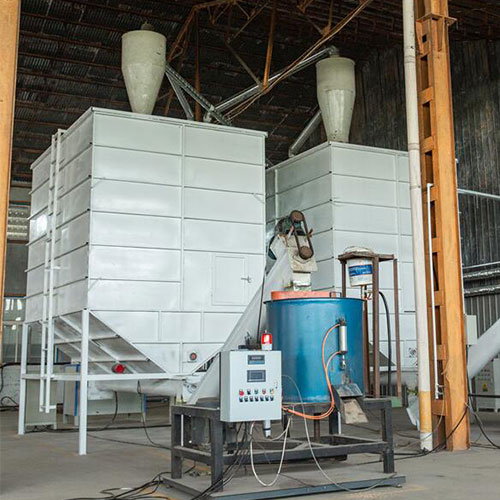Exploring the Materials Used in Steel Base Construction for Plywood Packaging
2024-02-21
In the realm of industrial packaging, the steel base serves as a crucial component, providing stability, durability, and support for various goods during transportation and storage. Among the diverse types of packaging materials, plywood packaging with a steel base stands out as a reliable and robust solution. In this blog post, we delve into the materials employed in the construction of the steel base for plywood packaging, shedding light on their properties and significance in ensuring the integrity of packaged goods.
1. Steel: The Backbone of Stability
At the core of the steel base lies the sturdy backbone of steel. Renowned for its exceptional strength-to-weight ratio and resistance to corrosion, steel serves as the primary material for constructing the base of plywood packaging. Typically, manufacturers utilize high-quality steel alloys such as stainless steel or galvanized steel, known for their longevity and resilience in harsh environmental conditions.
2. Plywood: Combining Strength with Flexibility
Complementing the robustness of steel is the versatility of plywood. Plywood, a composite material crafted from thin layers of wood veneer bonded together with adhesive, offers a unique blend of strength and flexibility. In plywood packaging, it forms the top surface where goods are placed, providing a stable platform for secure containment. Plywood's ability to withstand bending and torsional forces enhances the overall structural integrity of the packaging, ensuring the safe transport of goods across various distances.
3. Adhesives: Binding Layers Together
Integral to the construction of plywood is the adhesive that binds its layers together. Commonly used adhesives include phenol formaldehyde (PF) and urea-formaldehyde (UF), prized for their strong bonding properties and resistance to moisture. These adhesives play a crucial role in ensuring the structural cohesion of plywood, enhancing its load-bearing capacity and durability.
4. Fasteners: Securing Components in Place
To assemble the steel base and plywood components, manufacturers employ a variety of fastening methods such as welding, screws, or bolts. Welding, in particular, offers a seamless and robust connection between steel elements, reinforcing the stability of the base. Alternatively, screws or bolts provide versatility, allowing for disassembly and reassembly of the packaging when necessary.
5. Protective Coatings: Guarding Against Corrosion
Given the exposure of steel components to moisture, chemicals, and other environmental factors during transportation and storage, protective coatings play a vital role in prolonging the lifespan of plywood packaging. Zinc coatings, in the form of galvanization, provide an effective barrier against corrosion, preventing the formation of rust and extending the durability of the steel base.
Conclusion
In summary, the construction of the steel base for plywood packaging involves a meticulous selection of materials aimed at maximizing strength, durability, and protection against environmental hazards. By combining the robustness of steel with the versatility of plywood, reinforced by strong adhesives, secure fasteners, and protective coatings, manufacturers create packaging solutions capable of withstanding the rigors of modern logistics and safeguarding the integrity of packaged goods. As industries continue to prioritize efficiency and sustainability in supply chain management, the importance of innovative packaging solutions like steel-based plywood packaging remains ever paramount.



